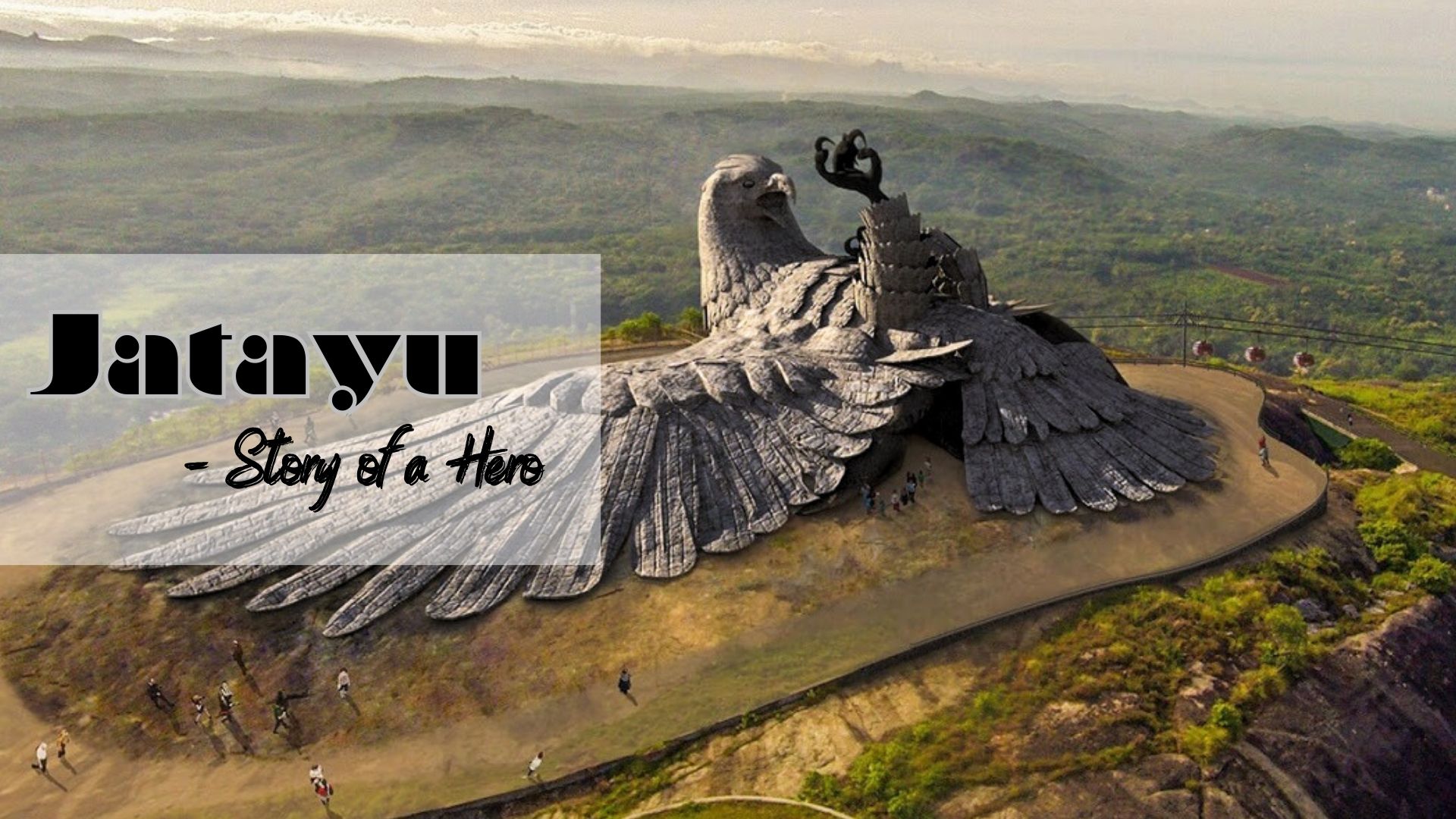
Itihasa is an endearing way to keep our culture alive. It means a narration of an event or a series of events that had happened in the past. It is in the form of a story. In India, the great epics - Ramayana and Mahabharatha are called Itihasas. For children, listening to our itihasa is a way of learning our culture, practises and values. For adults, listening to or reading our itihasas are more like life lessons on how to live or conduct one's affairs.
Saint Valmiki wrote the oldest version of the Ramayana in the Sanskrit language. One day, Sage Naradha visited Saint Valmiki and narrated the story of Lord Rama. Subsequently, the sage wrote Ramayana. One of the pivotal characters in Ramayana is the legendary and divine king of birds - Jatayu.
JATAYU - FIGHT WITH RAVANA
 Saint Valmiki mentions Jatayu at the (end of chapter 49 of) Aranya Kandam. When Sita is kidnapped by Ravana ( demon and King of Lanka), she laments and wails. Sita called out the trees, animals, birds, and guardians of the forests to come to her aid. As they flew in Ravana’s Pushpaka Vimaanah ( Air Chariot), Sita spotted a frail old bird perched on a tree and asked the bird to inform Lord Rama about her state.
Saint Valmiki mentions Jatayu at the (end of chapter 49 of) Aranya Kandam. When Sita is kidnapped by Ravana ( demon and King of Lanka), she laments and wails. Sita called out the trees, animals, birds, and guardians of the forests to come to her aid. As they flew in Ravana’s Pushpaka Vimaanah ( Air Chariot), Sita spotted a frail old bird perched on a tree and asked the bird to inform Lord Rama about her state.
The Bird was Jatayu - He heard the wails of a woman and immediately recognised her to be Sita. Jatayu also knew King Dasharatha well and immediately came to her aid. Chapter 50 of Aranya Kandam is devoted to Jatayu persuading Ravana not to do the unjust and unsolicited act of kidnapping Sita. Jatayu argued with Ravana that when Lord Rama had not harmed him or his kingdom, Ravana should leave Sita alone. Hearing Jatayu speak, Ravana only grew angry. Jatayu blocked the way.
With a loud cry, Ravana attacked Jatayu. The two valiantly fought. The sky became their battlefield, and they fought as swift as the wind and as loud as thunder. Saint Valmiki even mentions the weapons used by Ravan ( in Chapter 51 of Aranya Kandam). He used deadly weapons like Naaligam Narasam and Vikarni to fight against Jatayu, who effectively dodged them. Jatayu used his powerful beak and long claws as weapons against Ravana.
Ravana attacked with a rain of arrows, and Jatayu changed his size at will and dodged them. Jatayu finally pulled his bow, broke it into two, and proceeded to attack his chariot, the horses and the Sarathi ( driver) of the chariot in mid-air. Jatayu also scratched the demon faces and back with his sharp claws. Enraged, Ravana drew his sword (Chandrahasa) and sliced Jatayu's wings. Jatayu thus fell to the ground. Sita lost hope and started to wail, looking at the mighty bird fall.
 Meanwhile, Lord Rama chased the golden deer, who turned out to be the demon Maricha. Rama killed Maricha (Ravana’s uncle) and returned to the hermitage. Halfway, he met Lakshmana. Rama questioned Lakshmana as to why he had left Sita, and Lakshmana explained that they heard his cry for help. Thinking that something was amiss, both rushed to the hermitage to find it empty.
Meanwhile, Lord Rama chased the golden deer, who turned out to be the demon Maricha. Rama killed Maricha (Ravana’s uncle) and returned to the hermitage. Halfway, he met Lakshmana. Rama questioned Lakshmana as to why he had left Sita, and Lakshmana explained that they heard his cry for help. Thinking that something was amiss, both rushed to the hermitage to find it empty.
Lord Rama lamented his loss and searched for Sita. The brothers find footprints of Sita and a demon and follow it. They spotted Jatayu, with hacked wings, lying in a pool of blood. Initially, Rama thought it was a demon lying down after eating Sita, but on hearing the wails of Jataayu, Rama approached him.
Jatayu narrated about the abduction of Sita, the battle between a demon and him and apologised that he had failed to save Sita. Jatayu also informed Rama that the demon flew in the southward direction with Sita. Jatayu died soon after. Lord Rama was heartbroken about the death of Jatayu and carried him to the banks of Godavari and laid the bird's body on the holy Darbai (grass). Lakshmana brought sticks, and Rama performed the last rites for the Heroic Bird - Jatayu, on the banks of Godavari.
Rama was clueless about which demon had kidnapped his beloved wife. The brothers then searched the forest for Sita.
JATAYU AND HIS BROTHER
Sage Valmiki explains in detail about Jatayu and his brother in Chapters 57 and 58 of the Kishkindha Kandam.
Lord Rama and Lakshmana met Sugreeva and other Vanaras and helped him get the throne. Sugreeva is crowned the King of Vanaras and helps Rama in return. Sugreeva sent Vanaras in different directions to search for Sita. Angada ( Valli’s son), Hanuman and other vanaras are entrusted to search for Sita. They could not find her even after a meticulous search. They are disappointed and afraid that Sugreeva ( their king) would be furious. They came to a cave to take a rest. There, they met a Vulture - Sampaathi, whose wings were burnt. The vulture looked at the monkeys as food.

Sampaati learnt from Angada about the passing away of his younger brother - Jataayu. Sampaati was shocked and requested Angada to narrate the story behind his brother’s death. Angada recounted the whole incident, and Sampaathi was in tears.
Sampaathi then told the vanaras that Jatayu was his younger brother. When both were young, they argued who was mightier and flew towards the sun. Jatayu, being younger, went too close to the sun that it started to burn him. Sampaathi, seeing Jatayu in trouble, spread his feathers and wings and protected Jatayu from getting burnt. But, in the process, scorched his feathers and wings. Since that day, Sampaathi lost his wings and could not fly.
Angada asked if Sampaathi knew the whereabouts of Sita. To his surprise, Sampaathi told them that he saw Sita getting abducted and that she had continuously called out Rama for help. Sampaathi also informed that the demon king RAVANA had kidnapped Sita.
Sampaathi also gave details to the vanaras. He said that Ravana was the brother of Khuber, and he lived in a lavish city on an oceanic island called Lanka. This city was built by the divine architect Vishwakarma.
Sampaathi also made a prognosis. He said that Sita was a captive, and the demons guarded her. He also said that if the vanaras could jump over the mighty salty ocean, they could rescue Sita.
Finally, Sampaathi asked for a favour. He wanted to perform the last rites for his brother and requested them to carry him to the ocean nearby. The Varanas readily agreed. They took the vulture to the ocean. After paying respects, they brought him back to the mountain. Thus, Jatayu and his brother play a crucial role in Ramayana.
HONOURING JATAAYU’S SACRIFICE
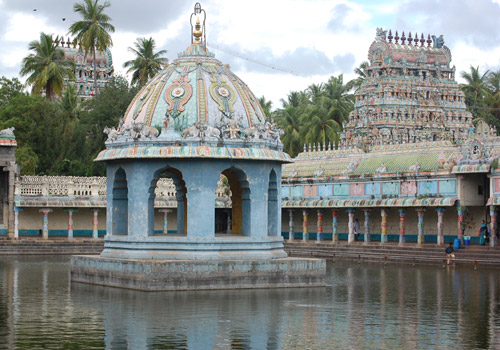
Many historical sites and temples are built across India, honouring Jatayu and his sacrifice. Many places claim to be the place of Jatayu’s fall. One of the famous sites is Lepakshi in Andra Pradesh. People in this region believe that this is the place where Jatayu fell. Lord Rama had helped Jatayu attain moksha by uttering the words “ Le Pakshi”, meaning Raise Bird in Telugu. Lepakshi is also famous for the Virabhadra temple. This temple was built in the Vijayanagara style and is well known for the Monolith Nandhi statue and the hanging pillars. This temple is situated quite close to Bangalore.
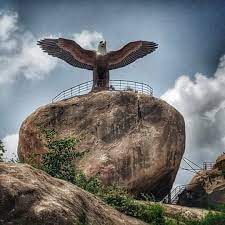
Jatayu Earth Centre is a tourist park at Chadayamandalam, Kollam - Kerala. This park spans an extent of 65 acres, and the Statue of Jataayu is the main attraction. The Statue rests atop a small hill and is 200 feet in length, 150 feet in width and 70 feet tall. This statue is dedicated to women’s safety and was opened to the public in 2018.
Other lesser-known place that honour Jatayu are the Dharashiv in Osmanabad, Maharastra and Taked in Maharastra. There is a temple that is dedicated to Jataayu. The Sthala Puranas link this place with the fall of the mighty Jatayu.

Many temples are present in Tamil Nadu that honour Jatayu as well. Vaideeswaran Kovil is one such famous temple. The name Vaideeswaran means - God of Healing, and Lord Shiva is revered as the deity who heals many ailments of the devotees. It is one of the Padal Petra Sthalam (Thevaram Hymns were sung here by the saints - Sambandar and Thirunavukarasar). It is one of the Navagraha Sthala dedicated to Planet Mars. This temple is also famous for its palm leaf manuscripts that tell about the past, present and future of every person on the planet. It is believed that Saint Agastya wrote these scripts on palm leaves. It is the birthplace of the Nadi astrology. This temple is also well known for the Jatayu Kundam ( the temple pond ), located inside the temple complex. Sthala Purana says Lord Rama performed the last rites for Jayayu at this place, and Jatayu worshipped Lord Shiva at this temple.

A temple called Valvil Ramar Kovil in South India honours Jatayu and his sacrifice. This temple is located in a place called " Thirupullaaboodhangudi" near Tanjore. Pull means - Bird (depicts Jatayu), and Gudi means - a place. This temple is one of the Divya Desam. The Sthala Purana says that Lord Rama performed the last rites for the Bird - Jatayu, and rested briefly. Lord Rama appears with four hands, along with shangu and chakra. In this temple, the Moolavar is seen without Sita ( Since she was kidnapped). Instead, there is a shrine for Bhooma Devi. Usually, while performing the last rites, the wife has to stay by the side of the husband. Since Sita is abducted Booma Devi ( another avatar of Sita) takes the place.
Another holy temple dedicated to Jatayu is situated in Kandadevi, Rameshwaram. Here Jatayu is worshipped for his sacrifices. People here believe that the temple stands in the exact spot where Jatayu was buried. It is said that the entire place where Jatayu was buried turned into holy Ash-Vibhudhi.
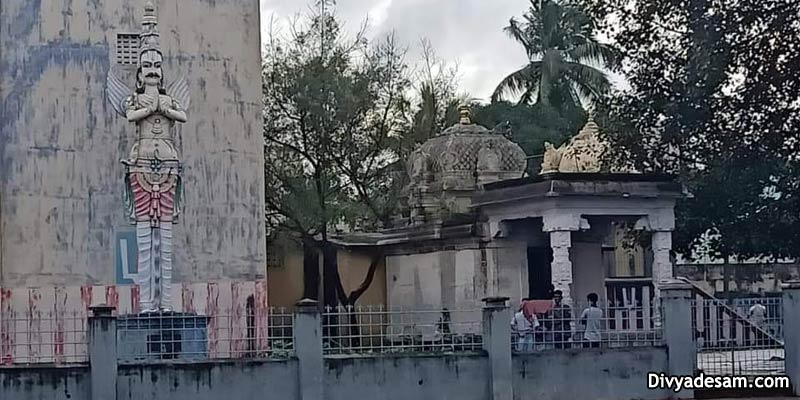
Near Thondai Nadu, Kanchipuram there is a temple called Thiruputkuzhi. This is one of the Divya Desam and Jatayu Pushkarani is very famous here. When Jatayu was about to die, Lord Rama pierced the earth with his arrow and out sprang water for Jatayu to drink. This later on became the Pushkarini and Rama bathed here after performing the last rites. It is a famous shrine for blessing couple with children.
There are many such temples spread across India that honour the Bird King. Though different sites are claiming to be the site of Jatayu’s fall, it is heartening to see dedicated temples, spaces and Jatayu being worshipped as a Hero. It only tells us that the people of this great Dharmic land respect and believe in their itihasa. Lord Rama had performed the last rites for Jatayu. In the process, he had upheld the Bird for the Dharmic action. This is the greatest lesson for the people of this holy land.
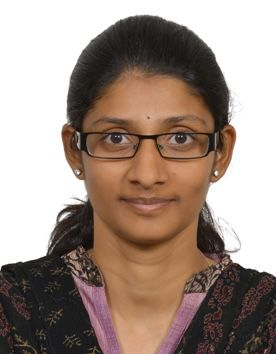 I am Vaishnavi Gurusankar, a passionate educator, a wife and a mother. I have over a decade of experience as an educator and have been closely working with teachers and children of all ages. I am also an active parenting blogger and founder of Magical Unicorn, an exclusive parenting blog founded on Indian ethos, values and stories at its core.
I am Vaishnavi Gurusankar, a passionate educator, a wife and a mother. I have over a decade of experience as an educator and have been closely working with teachers and children of all ages. I am also an active parenting blogger and founder of Magical Unicorn, an exclusive parenting blog founded on Indian ethos, values and stories at its core.
NEXT ARTICLE
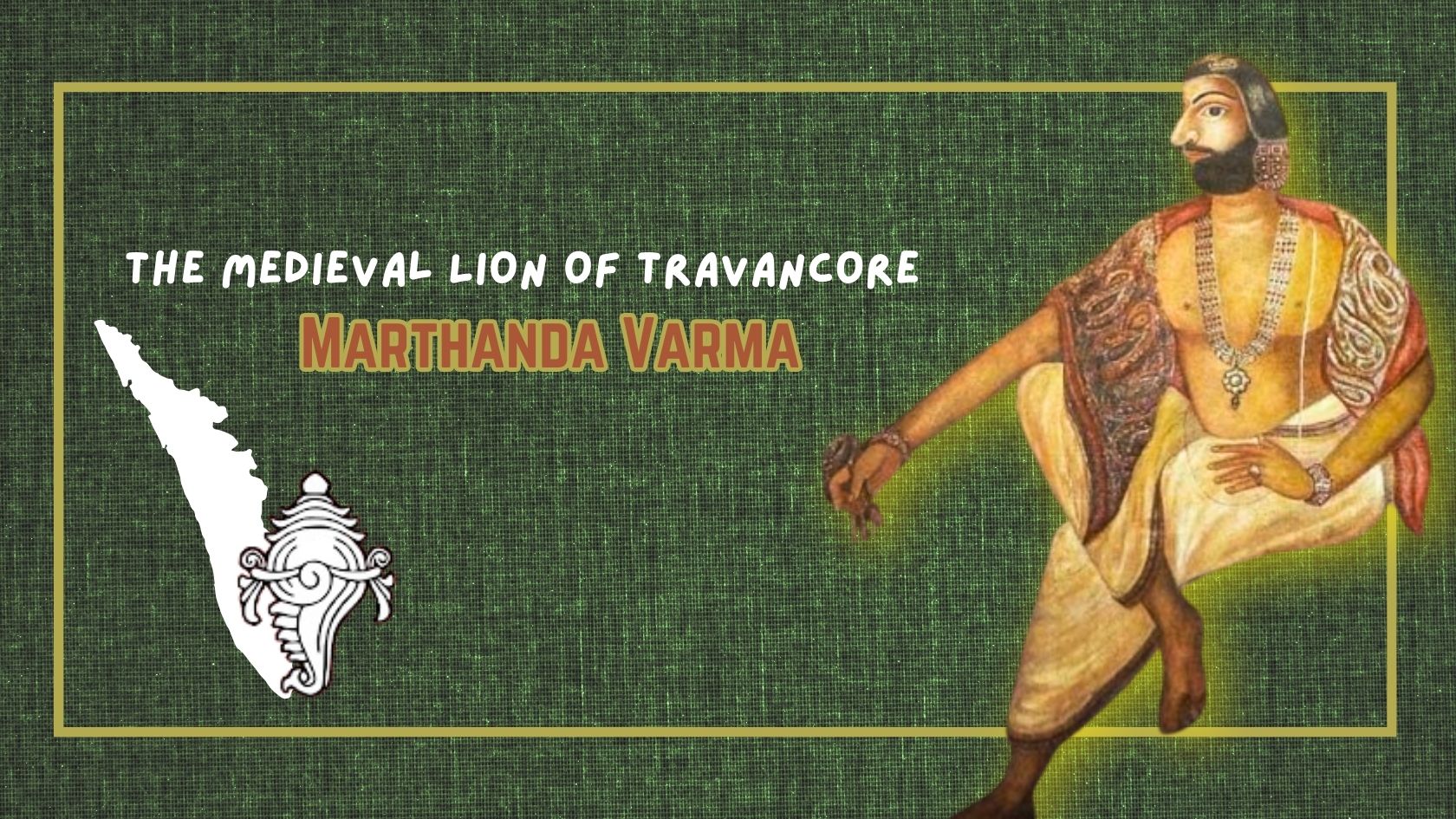
Shri Ramachandra Prasad's captivating narrative and the hot chai that was served at the right time transported me to ancient Kerala, where the extraor...
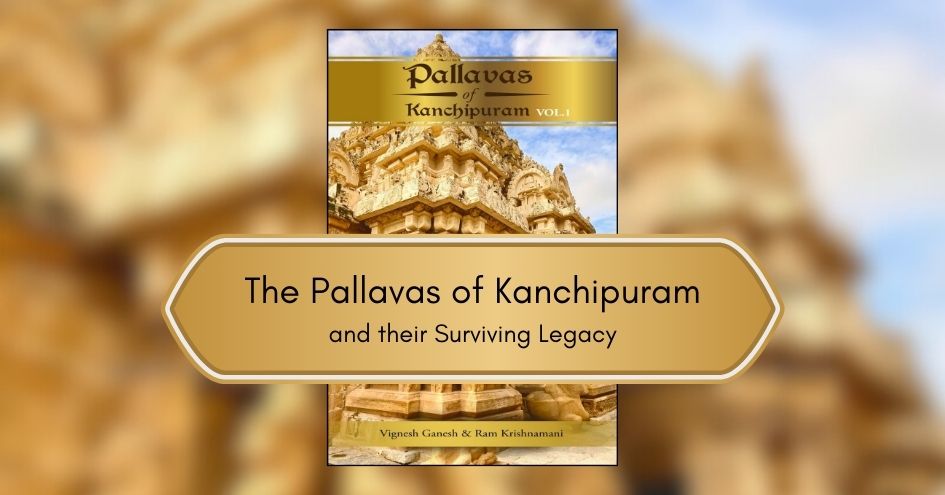
Introduction In Bharatvarsha, History is not the account narrated by victors. It is the record left behind by survivors. The study of Indian History...
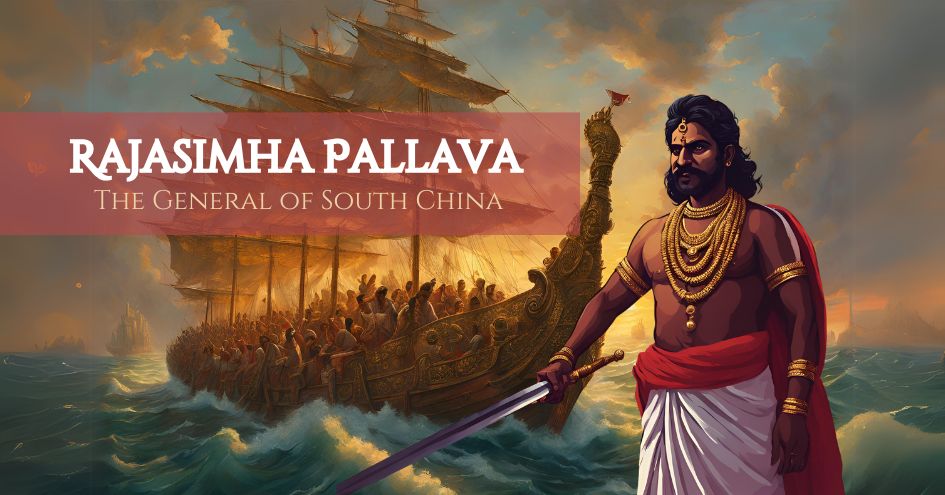
It is the first-half of the 8th Century C.E. in South India. The Pallava kingdom possesses strength and prosperity with some of the greatest monument...